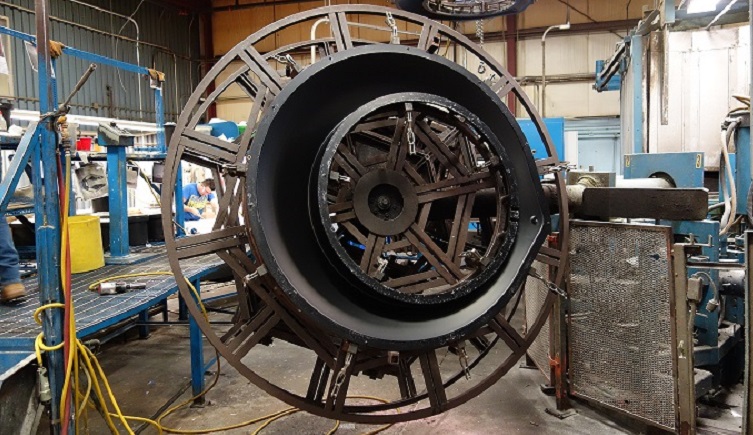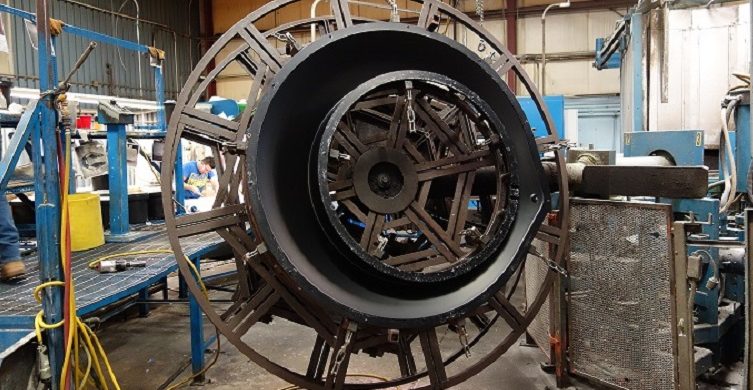
Rotational molding for medical devices can support plastics projects ranging from small, intricate components to large, complex parts and assemblies. If you’re a medical device designer or manufacturer who’s looking for a better way to produce strong, hollow plastic parts, injection molding and blow molding aren’t your only options.
Here are seven reasons to use rotational molding for medical devices.
- reduced tooling costs
- faster tooling times
- plenty of plastics
- larger part sizes
- complex part shapes
- colors and textures
- foam filling and uniform walls
Keep reading to learn more, or contact Gregstrom to request a quote.
#1 Reduced Tooling Costs
The molds, or tools, which are used in rotational molding can be made from less expensive materials than injection molding because rotomolding’s operating pressures are relatively low. Consequently, rotational molding can cost-effectively support lower volumes of parts and multiple design iterations.
#2 Faster Tooling Times
Rotational molding can use cast aluminum molds that are faster and easier to produce than the machined steel molds that are typically used in injection molding. This helps you to accelerate product development and get medical devices to market faster.
#3 Plenty of Plastics
Rotational molding supports the use of a wide range of materials, including plastics with greater rigidity or flexibility to meet your application requirements. Examples include linear low-density polyethylene (LLDPE), high density polyethylene (HDPE), polypropylene (PP) and static dissipative polyethylene (PE).
#4 Larger Part Sizes
Rotomolding supports the production of plastic parts and parts in a larger sizes. Examples include the spine boards, or back boards, which are used to transport patients with spinal injuries. Yet, rotational molding can also produce smaller parts for use in medical device assemblies.
#5 Complex Part Shapes
Compared to rotational molding, plastics production processes such as blow molding provide fewer design options, which can limit innovation. For medical device manufacturing and many other applications, rotomolding supports the design complexity that is required.
#6 Colors and Textures
The high-intensity blending that’s used with rotomolding makes it easy to add or change colors, but medical device manufacturers can also choose compounded materials that are already colored. During the molding process, slip-resistant textured surfaces can be rotomolded directly into the plastic part. This eliminates secondary processing, which saves you time and money.
#7 Foam Filling and Uniform Walls
Rotomolded parts can be filled with polyurethane foam for additional rigidity and to provide insulation, such as in the walls of medical cabinets. Rotational molding also supports the production of uniform walls without thinning in the extremities – a problem that’s common to many other plastics manufacturing processes.
Choose Gregstrom for Medical Device Rotomolding
Are you ready to learn more about rotational molding for medical device manufacturing? Gregstrom Corporation of Woburn, Massachusetts (USA) has over 75 years’ experience with rotational molding and offers value-added services such as design assistance, plastics finishing, assembly, and quality assurance.

